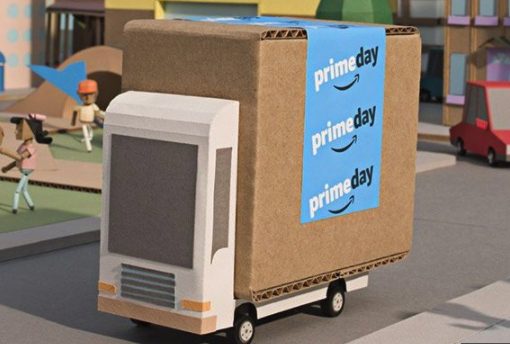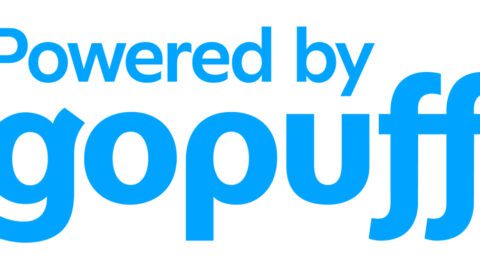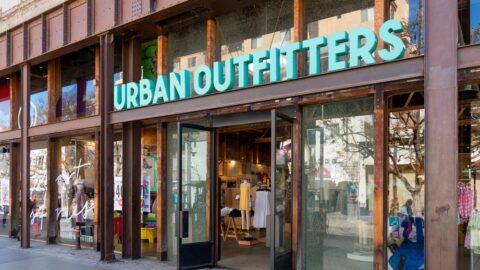Amazon Prime Day achieved its goals to acquire new Prime members, promote Amazon branded products and once again reel in record revenue. But in the wake of Amazon’s 30 hours of success, the key takeaway for Amazon’s competitors is: Create excitement about the brand beyond a loyalty program and discounts.
While often reluctant to reveal statistics, Amazon disclosed in a statement that:
-
Sales during the 2017 event grew by more than 60% compared to the same 30 hours last year;
-
More new members joined Prime on July 11 than on any single day in its history;
Advertisement
-
“Tens of millions” of Prime members made a purchase on the day, more than 50% higher than the prior year; and
-
Prime members purchased seven times more Amazon Echo devices globally than on Prime Day 2016.
“Amazon is teaching the industry that having a membership or a loyalty program is more than just percent off on random products,” said Robin Sherk, VP of North American E-Commerce and Canadian Retail Insights at Kantar Retail in an interview with Retail TouchPoints. “It’s treating this exclusive experience as a way to generate excitement and attention to services and not just deals. You can argue that others like Costco or Target are starting to do more of this as well, but Amazon is continuing to be an excellent example of what the next generation of loyalty programs look like.”
Alexa-Based Promos Spotlight Amazon’s Focus On Growing The Service
Amazon has helped craft its loyal following by positioning the Prime subscription as a gateway to the rest of the brand, according to Cooper Smith, Head of Amazon Research at L2. Additional services including voice assistant Alexa, Amazon Fresh, Prime Now and soon, Prime Wardrobe, continue to add value that positions the e-Commerce giant as much more than a retail marketplace. For example, Amazon maximized the value of Alexa during Prime Day by giving Echo and Echo Dot owners early access to deals.
“If you want even better deals or services, then Amazon says, ‘Why don’t you buy an Alexa device?’ or ‘Why don’t you sign up for Prime Wardrobe?’” Smith said. “They staggered the Prime Day deals and before they even had any deals available. They said, ‘If you are an Alexa user, you get the first access to deals. If you are an owner of a Kindle, then you’re the next wave.’ I’m sure that there’s a correlation between the runway in the length of the deals that are available to those users, and where Amazon sees the priority to increase the user bases of those services. The fact that Alexa had the longest runway of deals, shows that Alexa is the number one priority in terms of increasing its user base this year.”
Prime Stands 85 Million Users Strong
Prior to Prime Day, Amazon reportedly had as many as 85 million U.S. Prime members that spent, on average, approximately $1,300 per year, according to Consumer Intelligence Research Partners. That’s nearly double the approximately $700 spent by non-member customers. The firm also estimated that 73% of those who sign up for the free trial end up converting into paying members, with 91% renewing for a second year.
These numbers reflect the reality that sustained customer loyalty matters as much as it ever has in retail. But, retailers can only command it by staying relevant with creative ideas, such as subscription programs, exclusive deals or personalized, curated offers.
“There was a greater emphasis on curation and personalization of the selection” during Prime Day this year, Sherk said. “Last year, Amazon organized by category group, such as video games or toys. This year, Amazon organized by theme instead, whether it was for the tech lover or for babies. It was more thematic as opposed to listing off categories. There also was an emphasis on the ‘Interesting Finds’ tab on the U.S. site, so instead of displaying random, eclectic merchandise, the tab tailors the selection based on what shoppers have searched for in the past.”
Deals Power Prime Day, But The Event’s Success Is Not Defined By Discounts
Beyond curation and personalization, Amazon provides prices that easily attract shoppers’ attention. The home, garden and tools category delivered the most deals on Amazon throughout the day, at 30%, followed by the electronics, computer and office category (22%), as reported by Ugam. The sports/outdoors and movies/music/games categories both saw the fewest deals (8%).
Although Amazon has built a reputation on offering discounts across the board, not every item sold on Prime Day appeared to be the best bang for the consumer’s buck. The Ugam report revealed that 40% of the best-selling televisions were priced higher on Amazon than other retailers. The Wirecutter, a web site that tracks the deals offered as part of Prime Day, supported this proposition, indicating that less than 1% of the event’s deals were “uncommonly good prices.”
And conversion rates for Prime Day actually dropped by more than 20% in 2017 despite a 5% increase in traffic, according to data from SimilarWeb. With this in mind, it’s possible more consumers were less compelled to buy after seeing better prices elsewhere.
But, as Brian Kilcourse, Managing Partner at RSR noted, the lowest price isn’t the point, despite what Amazon may portray throughout Prime Day’s marketing communications. Therefore, retailers shouldn’t simply be using pricing as a barometer to Prime Day competition.
“When I was a retail executive, my CEO used to say: ‘You can be the low-price leader any day you want to…you just have to be willing to take the hit,’” Kilcourse said in an interview with Retail TouchPoints. “That’s the truth of the matter. But that’s not the question. Can you make money out of it? Amazon has something other retailers don’t have — its wildly popular web services (AWS) — and can subsidize a very aggressive stance on price. Having said that, Amazon isn’t stupid and they’re not just giving away stuff. They have a profitable retail business as well, and they have a very different cost structure than traditional retailers. If price is the only element of the value proposition, all you’re doing as a retailer is waiting for someone else to come in lower than you.”
With the third annual Prime Day concluded, it’s important for retailers to now create a detailed strategy for the day, just as they would for other major holidays.
“Amazon Prime Day is no longer a novelty,” Kilcourse stated. “People are already talking about what it’s going to be like next year. It has become part of the routine, much in the same way that in years past, Hallmark was able to popularize days such as Father’s Day. Think about where Cyber Monday came from…that’s not that long ago. In the space of 12 short years, it’s become an expectation. These things become expectations very quickly. Retailers must respond to this the way they had to respond to Hallmark’s Father’s Day scheme.”









